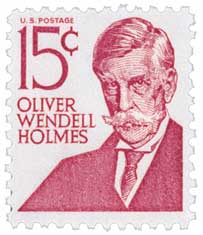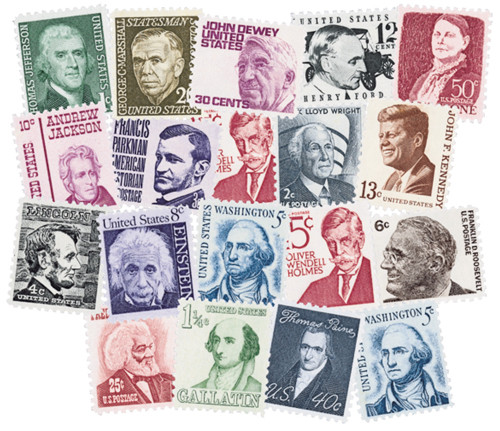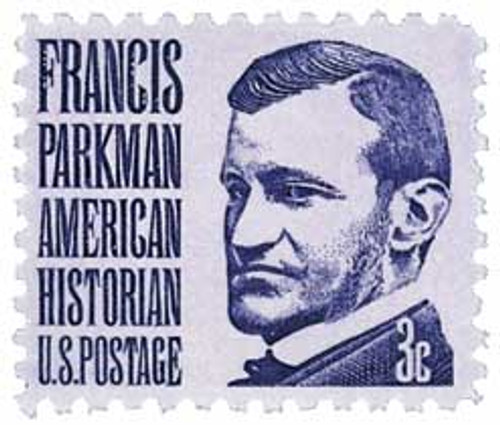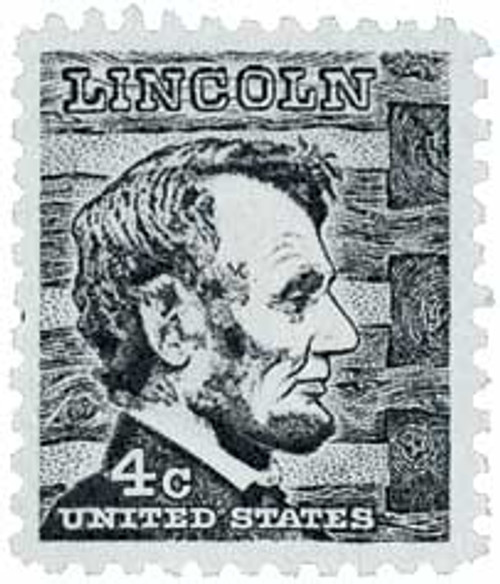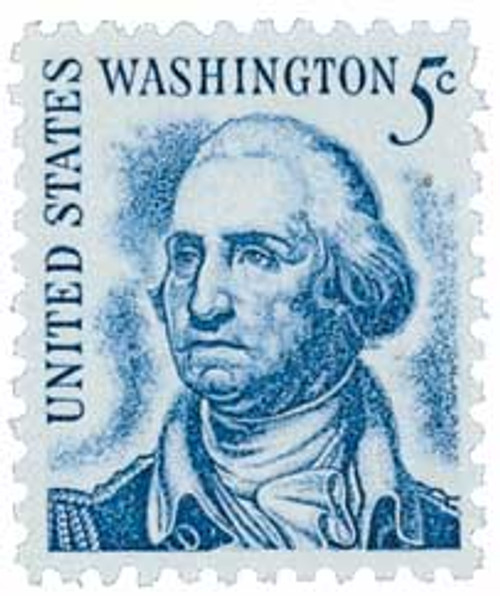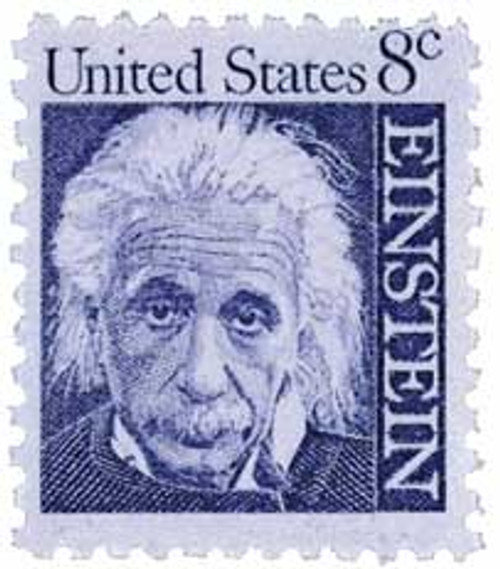
# 1288 FDC - 1968 15c Prominent Americans: Oliver Wendell Holmes
15¢ Oliver Wendell Holmes
Prominent Americans Series
City: Washington, DC
Printed By: Bureau of Engraving and Printing
Printing Method: Rotary Press
Color: Magenta
Birth Of Oliver Wendell Holmes, Jr.
Holmes was a descendant of the powerful Quincy political family and the son of Oliver Wendell Holmes, Sr., a prominent writer and physician. While Oliver Jr. and his mother Amelia supported the abolitionist movement, Oliver Sr. was interested only in preserving the nation. His attitude changed after South Carolina seceded, when the senior Holmes became a firm Unionist.
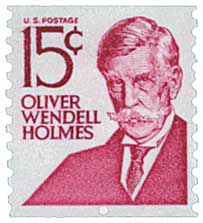
As his father began publishing patriotic pieces supporting the Union cause, the younger Holmes graduated from Harvard University in 1861. He then enlisted and was awarded a commission as a first lieutenant in the 20th Regiment of the Massachusetts Volunteer Infantry.
The officers of the newly formed 20th Massachusetts Volunteer Infantry were mostly Holmes’ classmates and the group quickly became known as the “Harvard Regiment.” Oliver Wendell Holmes, Jr.’s first service in battle was at Ball’s Bluff during October 1861, where nearly half the Union’s 1,700 troops were killed or wounded. Holmes was one of the casualties, suffering a serious shot in the chest. After a lengthy recuperation, he rejoined his regiment in time to witness the loss of several comrades killed in the Battle of Fair Oaks in June 1862.
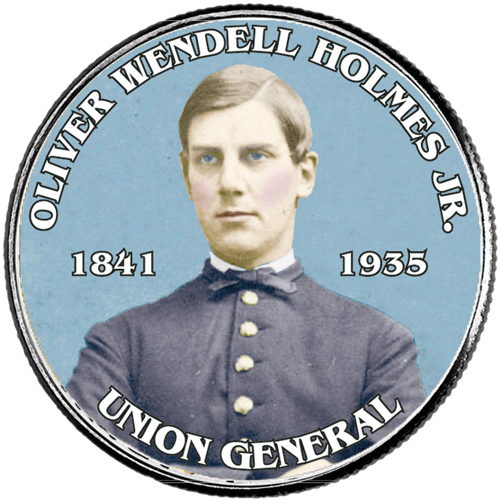
Having attained the rank of captain, Holmes was wounded again during the Battle of Antietam. Holmes was shot in the neck while retreating during the one-day battle, which was the bloodiest in American history with 23,000 casualties. Telegraph wires were jammed the evening of September 17, 1862, as newspaper correspondents filed stories of the day’s horrendous events and comrades alerted families of the fate of fallen soldiers.
One of the telegraphs was sent to Oliver Wendell Holmes, Sr., in Boston. “Capt. Holmes wounded, shot through the neck. Thought not mortal at Keedysville.” A distinguished surgeon, the elder Holmes knew a shot to the neck was more likely lethal. He immediately boarded a southbound train in search of his son. During his journey, Holmes met a soldier that “mentioned incidentally having heard a story that… Wendell was killed.” Determined to find his son, Holmes pressed on and found him 11 days later. Holmes not only recovered, but returned to service and was wounded a third time in May of 1863.
15¢ Oliver Wendell Holmes
Prominent Americans Series
City: Washington, DC
Printed By: Bureau of Engraving and Printing
Printing Method: Rotary Press
Color: Magenta
Birth Of Oliver Wendell Holmes, Jr.
Holmes was a descendant of the powerful Quincy political family and the son of Oliver Wendell Holmes, Sr., a prominent writer and physician. While Oliver Jr. and his mother Amelia supported the abolitionist movement, Oliver Sr. was interested only in preserving the nation. His attitude changed after South Carolina seceded, when the senior Holmes became a firm Unionist.

As his father began publishing patriotic pieces supporting the Union cause, the younger Holmes graduated from Harvard University in 1861. He then enlisted and was awarded a commission as a first lieutenant in the 20th Regiment of the Massachusetts Volunteer Infantry.
The officers of the newly formed 20th Massachusetts Volunteer Infantry were mostly Holmes’ classmates and the group quickly became known as the “Harvard Regiment.” Oliver Wendell Holmes, Jr.’s first service in battle was at Ball’s Bluff during October 1861, where nearly half the Union’s 1,700 troops were killed or wounded. Holmes was one of the casualties, suffering a serious shot in the chest. After a lengthy recuperation, he rejoined his regiment in time to witness the loss of several comrades killed in the Battle of Fair Oaks in June 1862.

Having attained the rank of captain, Holmes was wounded again during the Battle of Antietam. Holmes was shot in the neck while retreating during the one-day battle, which was the bloodiest in American history with 23,000 casualties. Telegraph wires were jammed the evening of September 17, 1862, as newspaper correspondents filed stories of the day’s horrendous events and comrades alerted families of the fate of fallen soldiers.
One of the telegraphs was sent to Oliver Wendell Holmes, Sr., in Boston. “Capt. Holmes wounded, shot through the neck. Thought not mortal at Keedysville.” A distinguished surgeon, the elder Holmes knew a shot to the neck was more likely lethal. He immediately boarded a southbound train in search of his son. During his journey, Holmes met a soldier that “mentioned incidentally having heard a story that… Wendell was killed.” Determined to find his son, Holmes pressed on and found him 11 days later. Holmes not only recovered, but returned to service and was wounded a third time in May of 1863.







